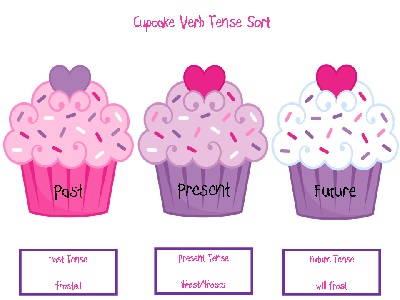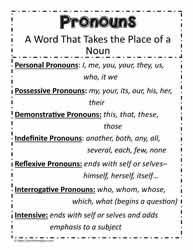What is a Verb?
A verb is an action word that tells us what someone or something does, is, or experiences. Verbs are essential parts of a sentence because they express:
– Actions (run, jump, write, read)
– States of being (am, is, are, was, were)
– Mental states (think, believe, feel)
– Possession (have, own)
For example:
– Sarah reads a book.
– The dog barks loudly.
– They are my friends.
– He thinks carefully.
Simple Present Tense
The simple present tense is used to:
- Express habits or regular actions
– I brush my teeth twice a day.
– She walks to school every morning.
- State general truths or facts
– The sun rises in the east.
– Water freezes at 0°C.
- Express feelings and opinions
– I love chocolate ice cream.
– He believes in working hard.
Rules for Simple Present Tense:
- For most verbs, use the base form:
– I/You/We/They play → I play, You play, We play, They play
- For third person singular (he/she/it), add -s, -es, or -ies:
– He/She/It plays → He plays, She plays, It plays
– Add -es after ss, sh, ch, x, o: pass → passes, wash → washes
– For words ending in consonant + y, change y to i and add -es: fly → flies
- Special Rule for ‘I’ and ‘You’: Although ‘I’ and ‘you’ refer to singular persons, they follow the plural verb rule. This means we don’t add -s, -es, or -ies to the verb:
- I play (not I plays)
- You write (not You writes) This is a unique feature of English grammar!
Examples:
– I write letters. → He writes letters.
– They watch TV. → She watches TV.
– We study hard. → He studies hard.

















